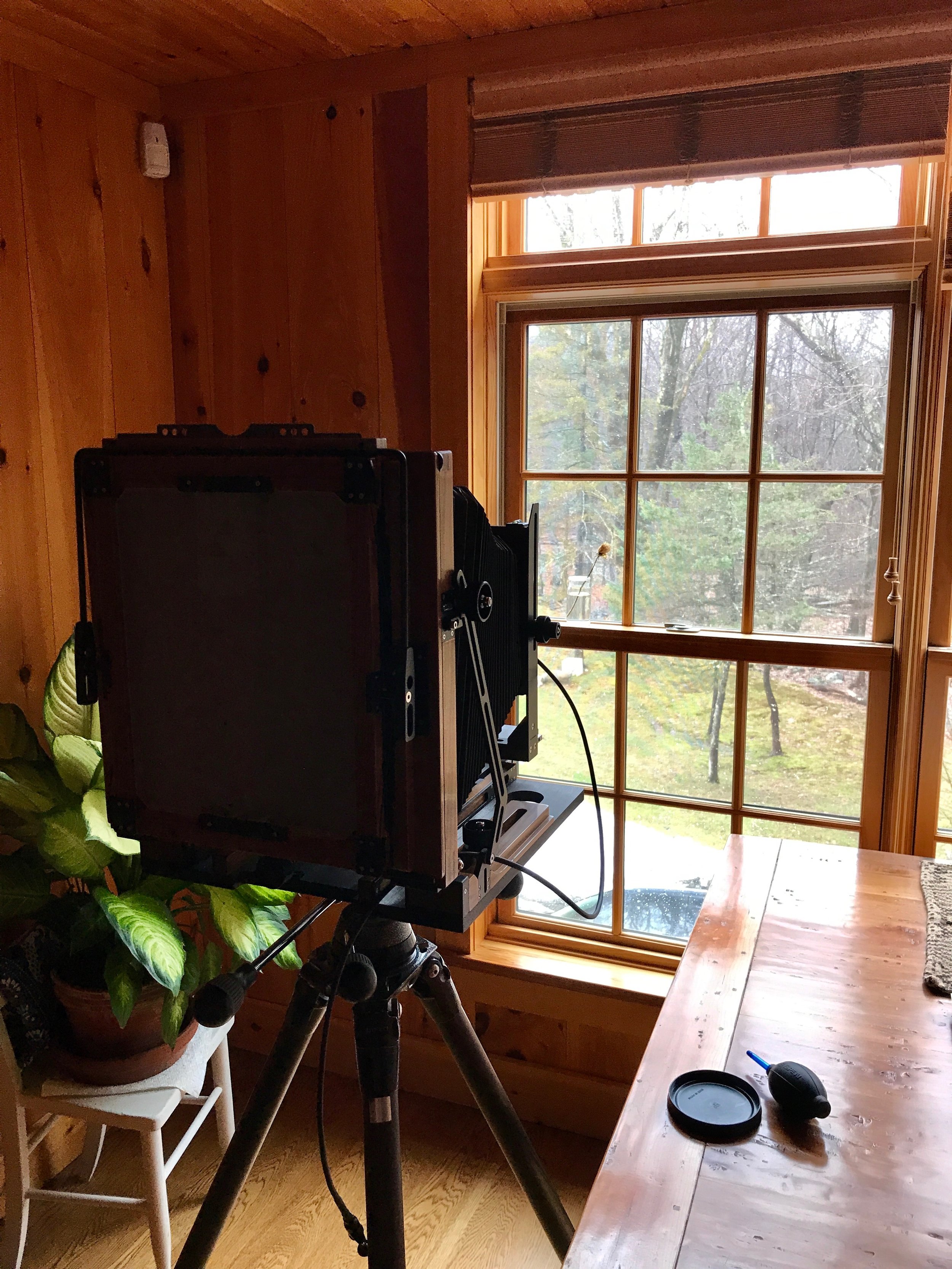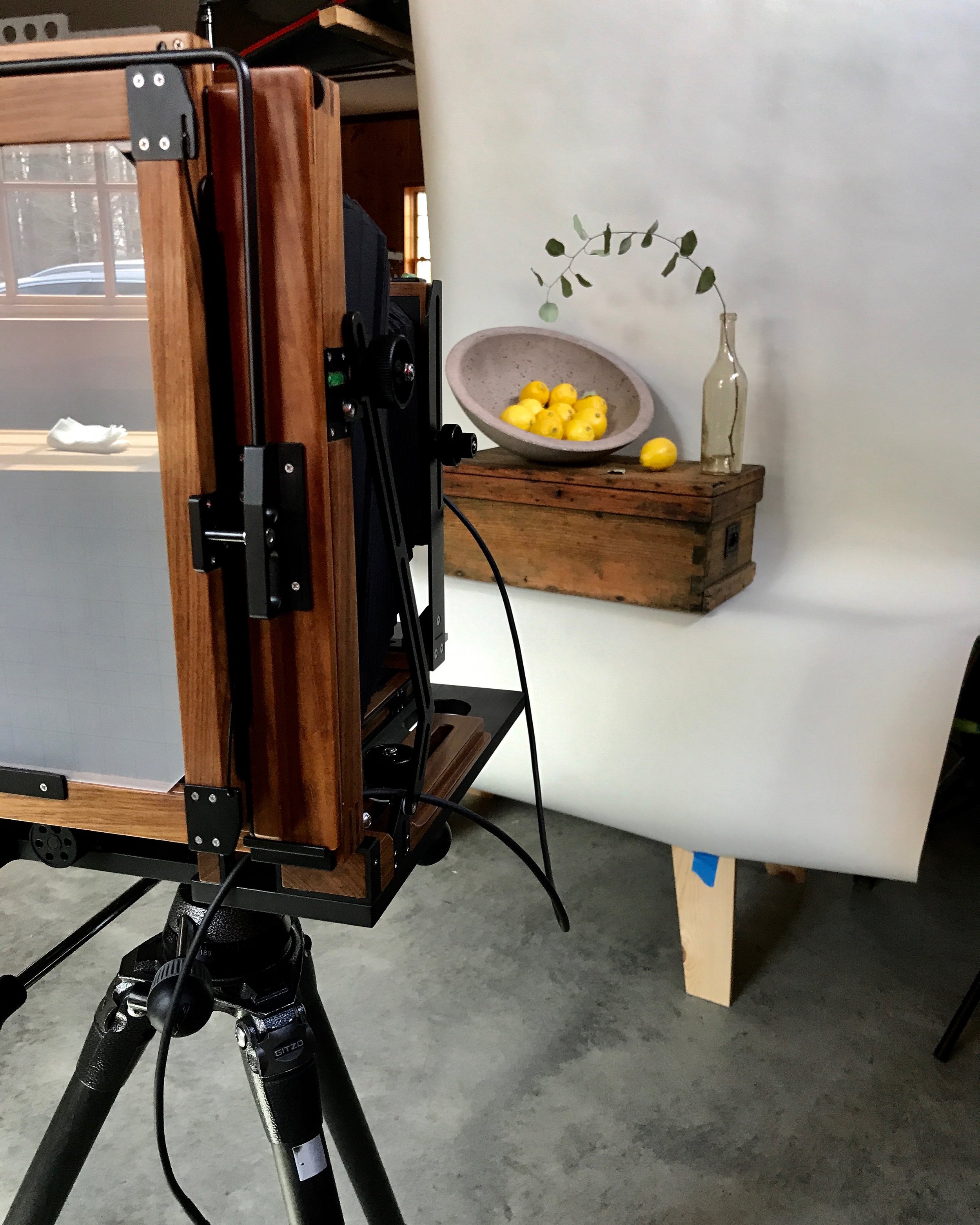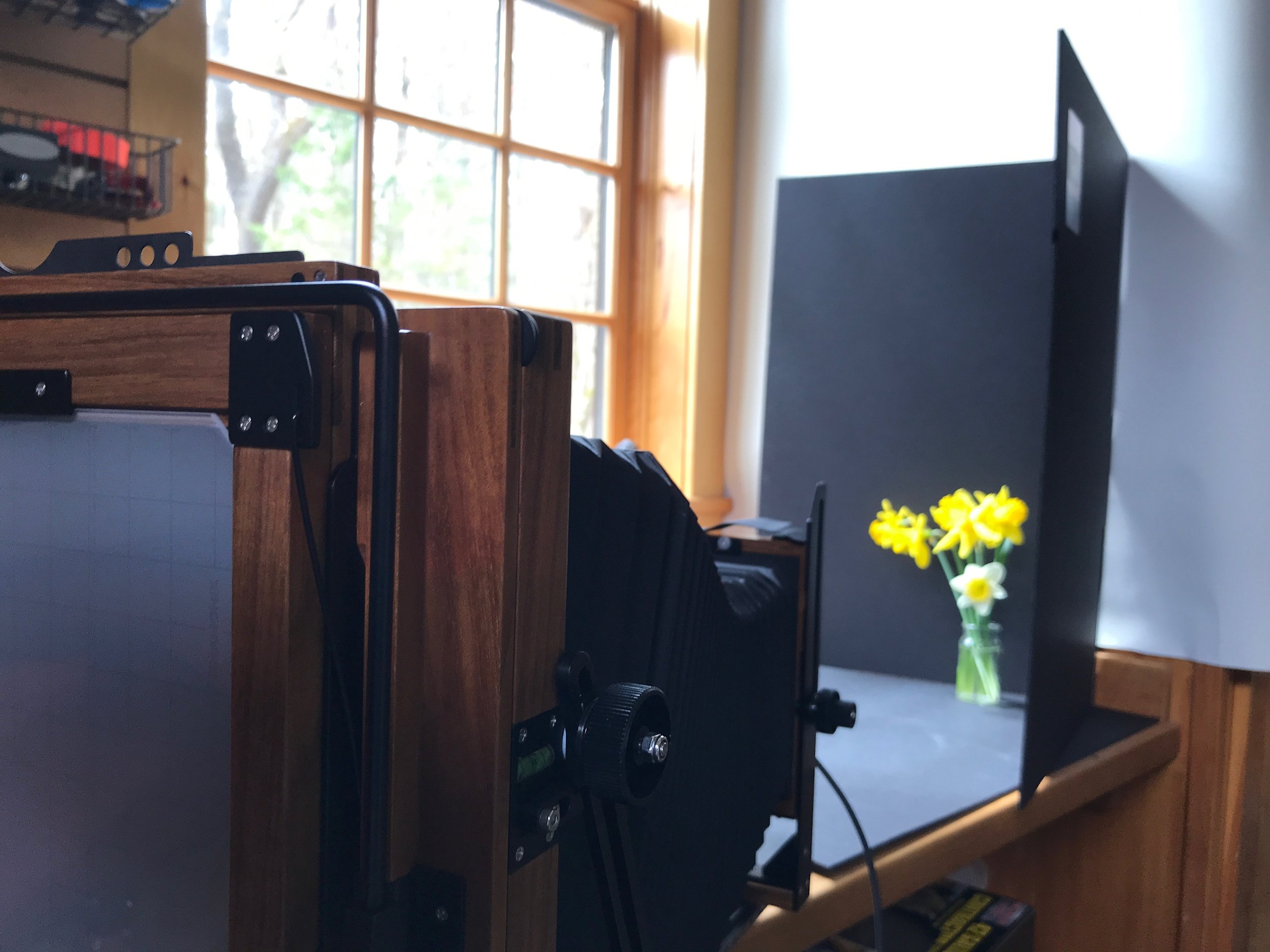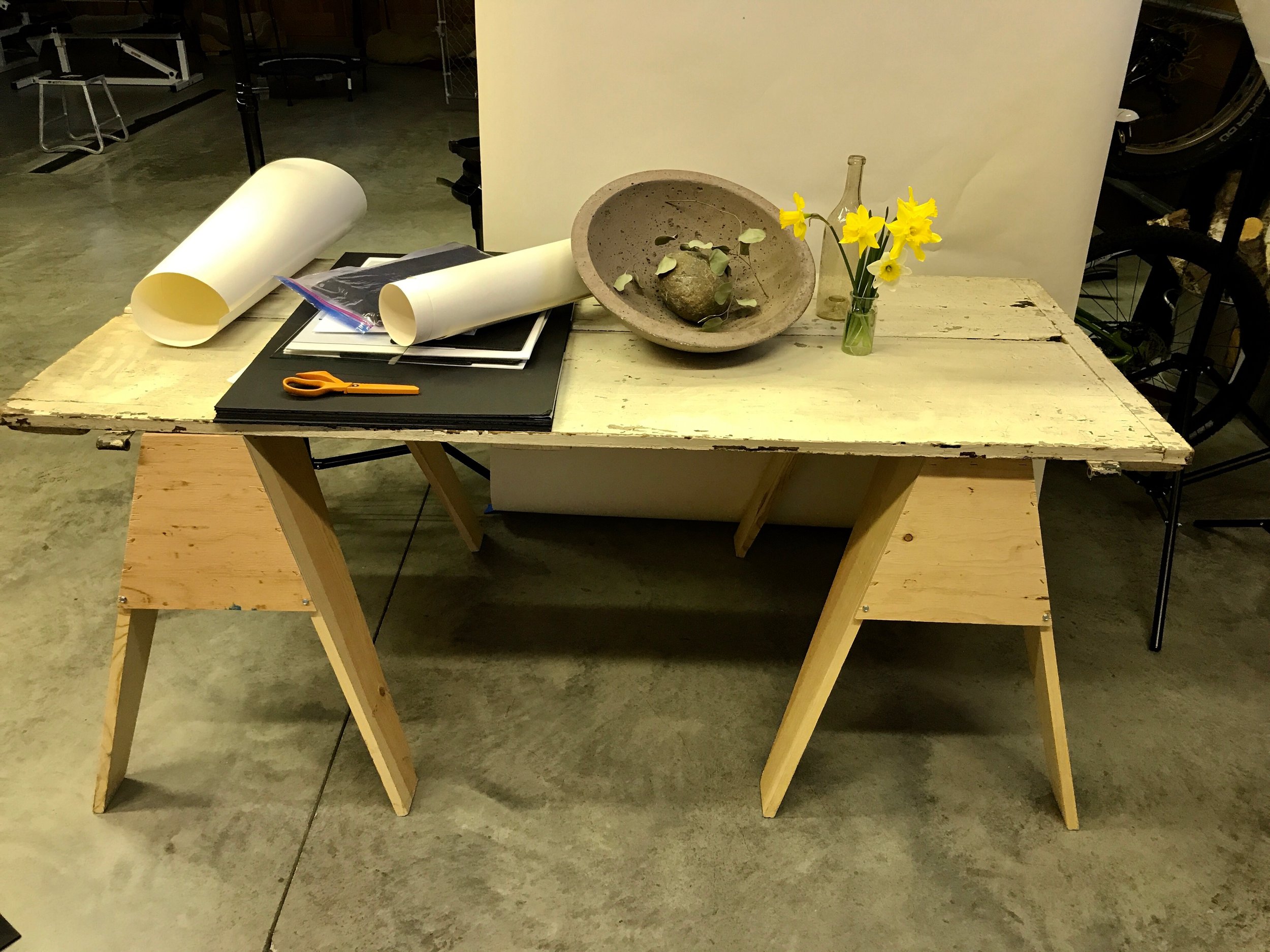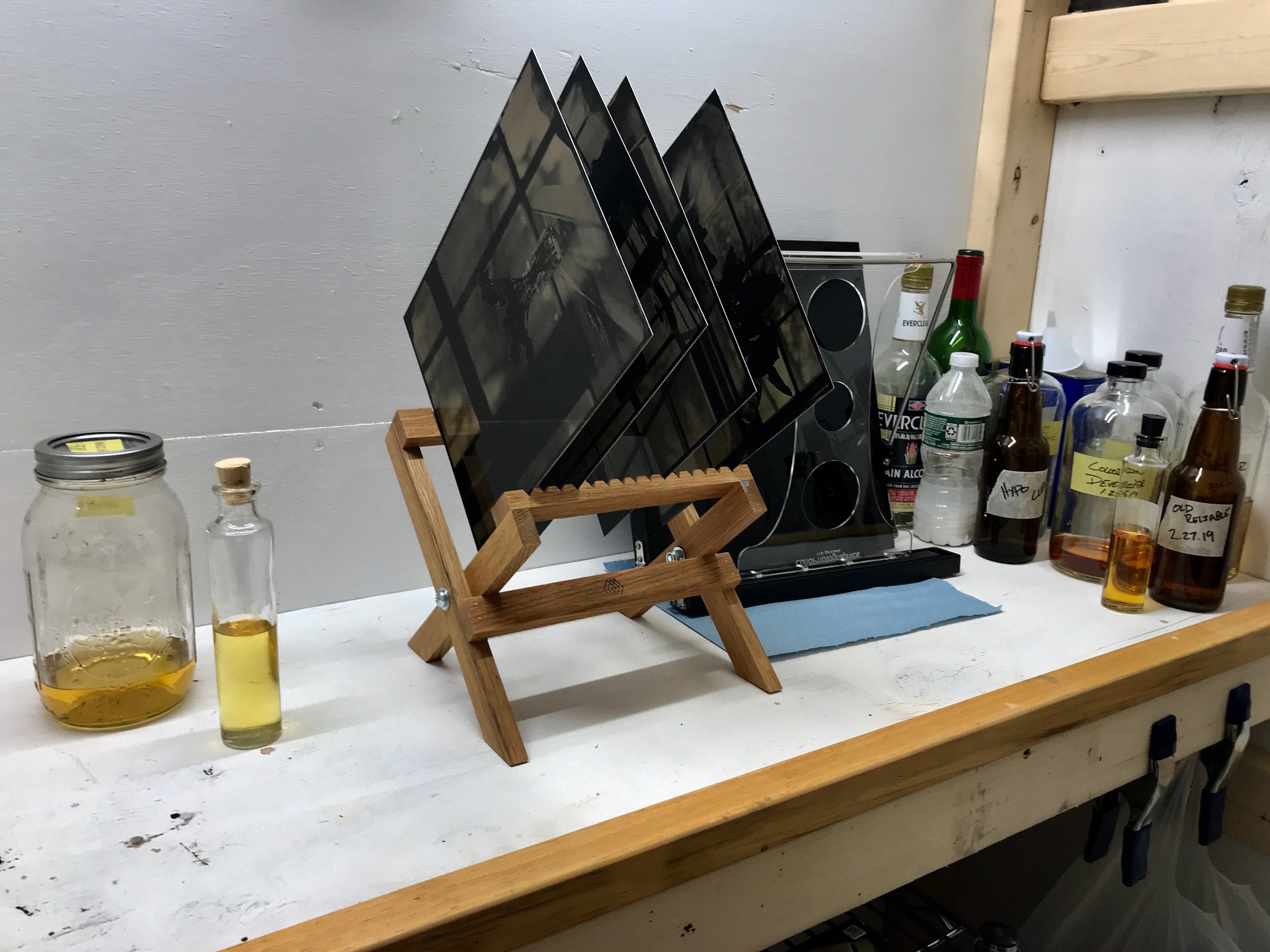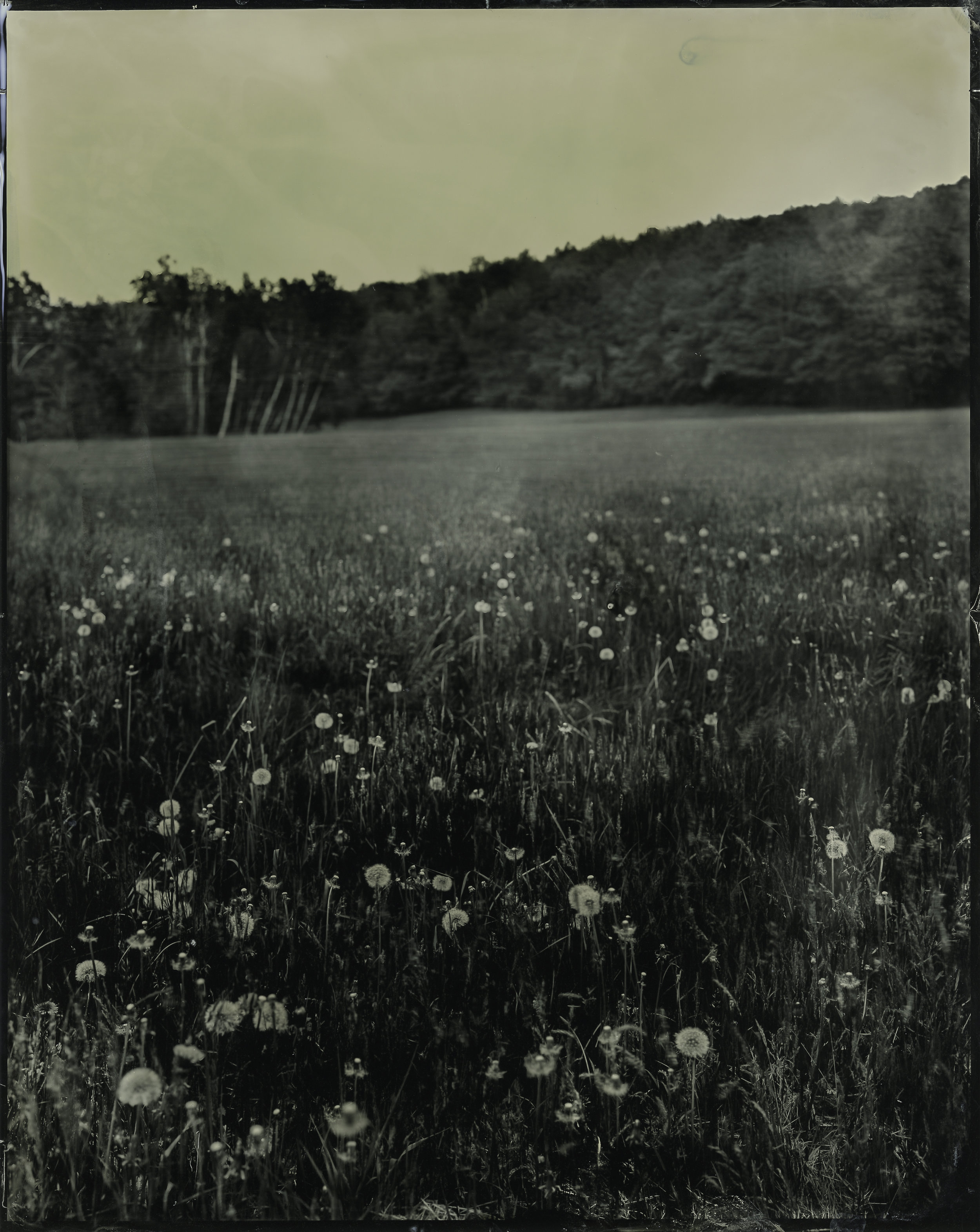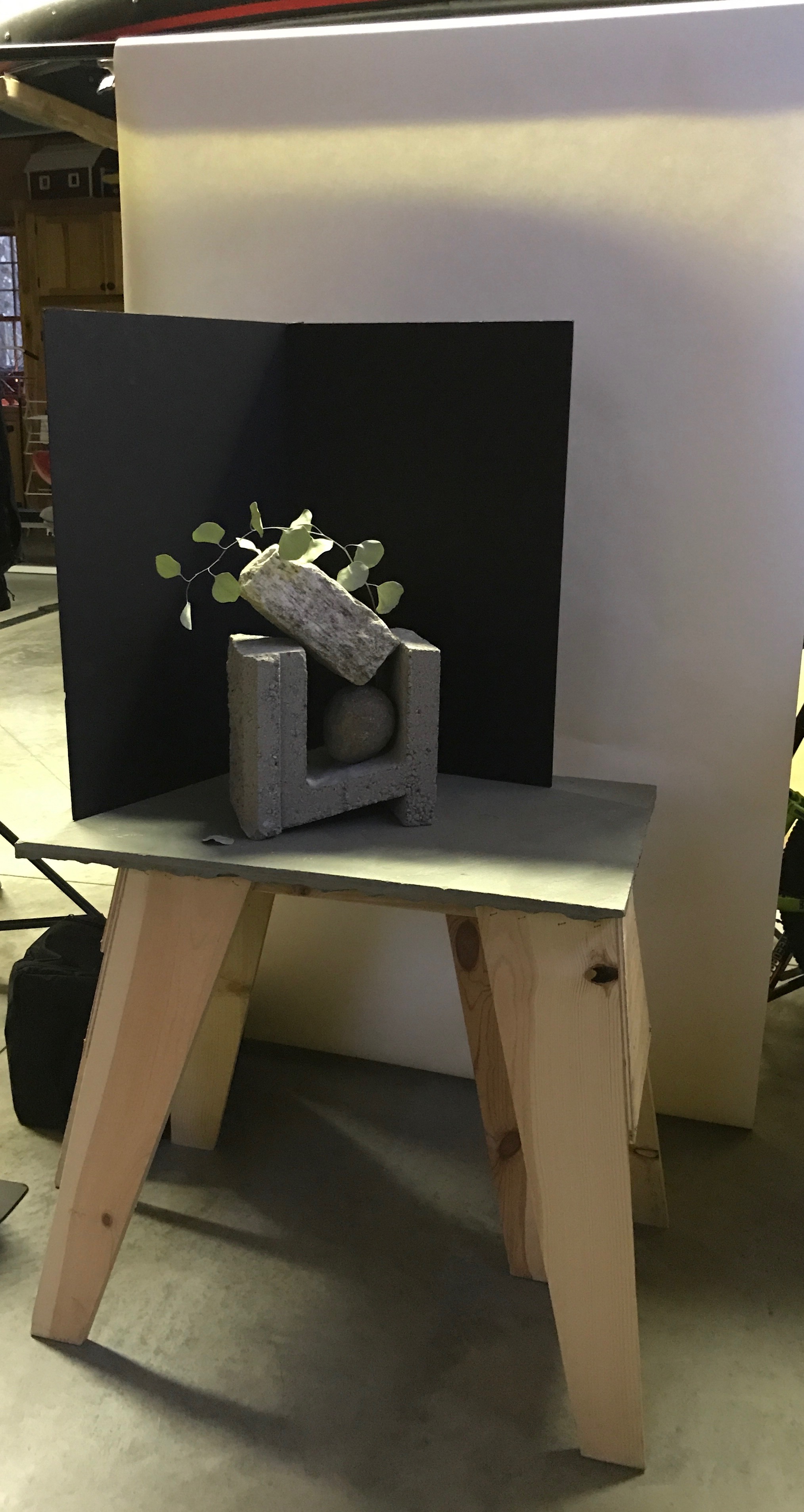Wet Plate Collodion
A growing, and ever evolving page, dedicated to my wet plate collodion work.
Brief overview of the process:
Pouring the Plate: Collodion is poured onto either a piece of Japanned Aluminum (commonly referred to as a tintype) or glass plate (Ambrotype - Positive on glass or Glass Negative). The plate is continuously and steadily tilted to quickly distribute an even coating.
Silver Nitrate Bath: Once the collodion has been poured onto the plate, it goes into a silver nitrate bath where the plate sits for 3-4 minutes. Once removed from the bath, the plate is now sensitive to light. Collodion has a “film speed” of approximately 1 ISO (although this is not exact) and is only sensitive to the UV portion of the light spectrum. This means it is safe to use a traditional red darkroom safe light.
Exposure and Development: Now that the plate is sensitive to light, it is placed in a holder inserted in the camera and ready to make an exposure while still wet—this is why the process is known as “wet” plate collodion. After exposure, the plate is developed immediately. Usually the window of time from pouring of the plate to exposure is between 15-30 min but this is very dependent on how humid and/or warm it is. If the plate is allowed to dry before it is developed, it is ruined and the process needs to start all over again.
Due to the "Wet” nature of the process, and that some of the above steps require darkness, a darkroom needs to be nearby in order to be successful. This means that one shoots close to their darkroom or takes a darkroom with them. This can be achieved several different ways, two examples I have used is a converted ice fishing tent or a custom made dark box.
Below are a few helpful links to better understand the process:
Making:


